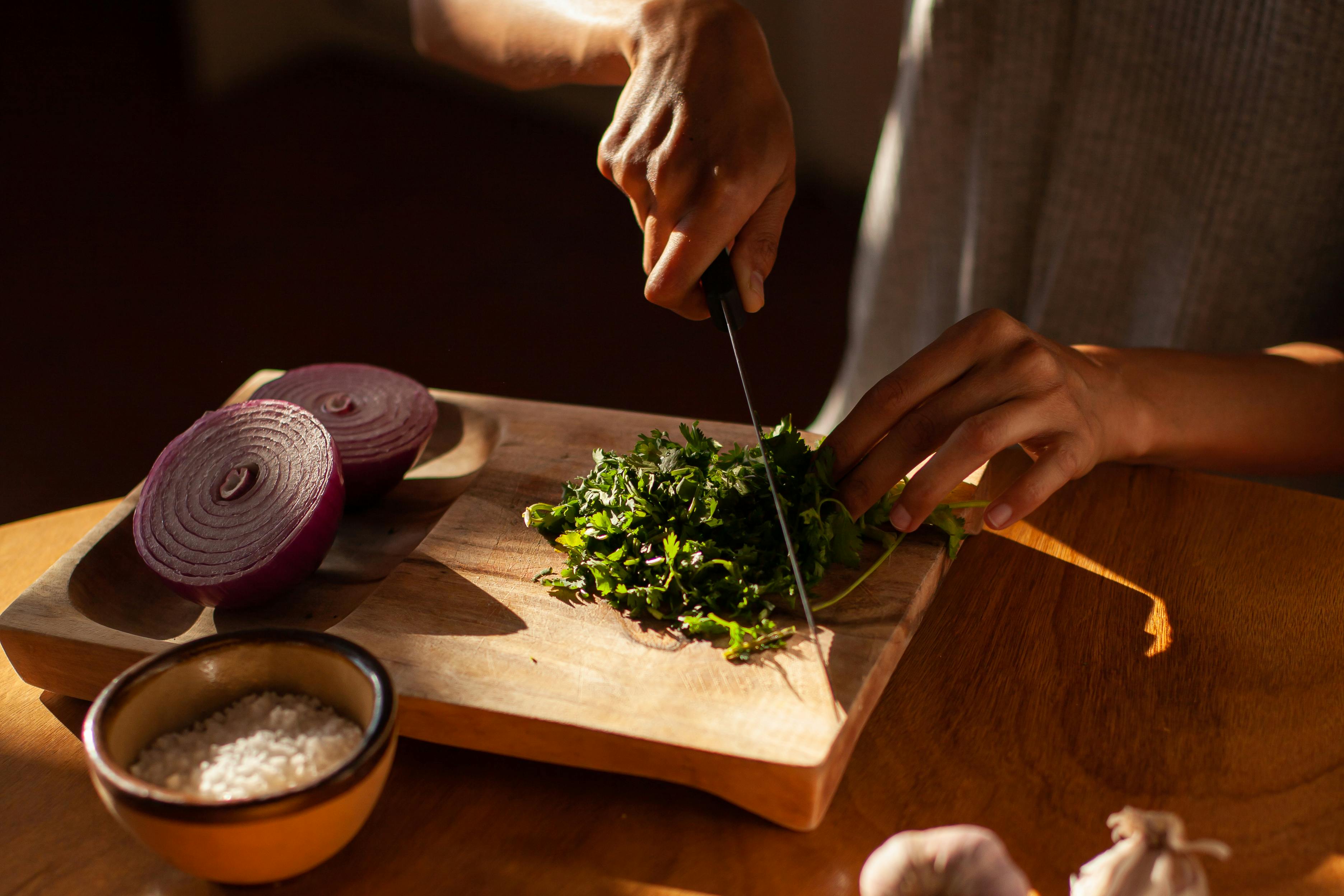Essential Guide to Using Salt on Slugs: 7 Practical Ways to Protect Your Garden in 2025
As gardening enthusiasts know, slugs can be a major annoyance in cultivating healthy, vibrant plants. Their slimy trails and voracious appetite for tender vegetation make them one of the most problematic garden pests in both urban and suburban settings. This essential guide will explore slug control with a focus on using salt effectively to protect your garden. Not only will we discuss practical applications, but we’ll also delve into the importance of slug prevention to ensure a thriving garden environment.
Understanding how to manage slugs can lead to a healthier garden and improved yields, whether you’re growing vegetables, herbs, or ornamental plants. Additionally, we’ll offer insights on organic slug deterrent methods alongside traditional practices, paving the way for a balanced ecosystem. Finally, we’ll highlight key takeaways so that you can make informed decisions for your garden.
In this article, you will discover seven practical ways to use salt in your gardening practices, along with additional tips to enhance plant health while minimizing slug-related challenges.

Understanding the Role of Salt in Slug Management
Building on the fundamentals of slug control, it’s essential to understand how salt interacts with slugs and why it is an effective deterrent. Salt essentially disrupts the moisture balance in slug physiology, resulting in dehydration. With proper application, salt can effectively aid your slug management efforts while promoting the overall health of your garden.
How Salt Affects Slugs
Salt has a significant impact on slugs due to their soft bodies and high water content. When slugs come into contact with salt, osmosis causes water to be drawn out of their cells, leading to dehydration. This process can quickly incapacitate or eliminate slugs, making it a potent tool in your slug removal arsenal.
Eco-Friendly Aspects of Using Salt
In the realm of environmental pest control, salt serves as a natural approach compared to chemical pesticides. By using salt as a localized treatment, you can mitigate the potential harm to beneficial insects and the surrounding environment. This makes it a favored option among organic gardening enthusiasts.
Salt Application Techniques
When applying salt for slug solutions, it’s crucial to follow effective techniques to ensure you get the desired results. For instance, using salt in a controlled manner prevents damage to your plants. Salt can be sprinkled in a barrier around vulnerable areas to deter slugs from crossing, or mixed with water to create a stronger concentrate for direct treatment.
Seven Practical Ways to Use Salt Against Slugs
With a foundational understanding of salt’s role in slug management, let’s dive into seven practical applications that will help you effectively repel slugs while safeguarding your garden.
1. Salt Barriers
Creating slug barriers using salt is one of the simplest methods of slug prevention. Sprinkle a line of salt around your garden’s edges or plants to create a deterrent for slugs attempting to enter. However, be mindful to avoid direct contact with plants to prevent damaging their roots.
2. Salt and Water Mixture
By mixing salt with water, you can create a lethal cocktail for slugs when sprayed directly on them. The concentrated salinity can rapidly dehydrate slugs upon contact, effectively managing their populations in localized areas. Make sure to apply the solution during the early evening when slugs are most active.
3. Salted Traps
Setting up traps can be an effective method to monitor and control slug populations. Create traps using shallow containers, filled with water and a bit of salt to attract and eliminate slugs. Place these traps near areas of known slug activity, as they will be drawn to the salty environment.
4. Combining Salt with Other Natural Deterrents
For those seeking a multi-faceted approach, consider combining salt with other natural slug repellents such as crushed eggshells or diatomaceous earth. This combination can enhance your natural slug repellent strategy, making it less inviting for slugs and more sustainable for your garden.
5. Salt as a Preventative Measure
Prior to planting new seedlings, applying a salt barrier can help reduce the likelihood of slug infestations. Creating a protective ring around the new plants ensures that slugs have limited access, allowing them to establish themselves without interference.
6. Monitoring and Adjusting Salt Usage
Pay attention to your garden’s response to salt application. Some delicate plants may be sensitive, so adjusting the quantity and frequency of salt usage can prevent unintentional damage while still effectively managing slugs. Regularly monitor the areas treated to observe any changes in slug activity.
7. Salt Enhanced Slug Baits
Integrating salt with commercially available slug baits can amplify their effectiveness. The combination can create a potent solution that diminishes slug numbers significantly while still being safe for plant health. Always refer to product guidelines to ensure the proper balance.

Complementary Strategies for Slug Prevention
With these practical applications of salt outlined, it’s essential to complement your efforts with additional slug prevention methods. Effective gardening goes beyond just managing slugs; integrating systems and practices can enhance plant health and minimize pest-related challenges.
Plant Selection and Placement
Opting for slug-resistant plants can significantly reduce the chances of infestation. Incorporating species that slugs are less attracted to creates a competitive environment that deters these pests. Additionally, planting in locations that offer better drainage and sunlight will also help reduce slug habitation.
Encouraging Natural Predators
Introducing natural slug predators, such as birds and ground beetles, into your garden can aid in maintaining a balance within the ecosystem. Creating habitats such as birdhouses or using mulch can encourage these beneficial insects, managing slug populations naturally.
Using Copper Tape as a Physical Barrier
Copper tape has proven effective in repelling slugs due to the reaction between their slime and copper. Placing copper tape around pots or garden beds creates a physical barrier that slugs typically won’t cross, further enhancing your organic slug deterrent measures.
Frequently Asked Questions about Slug Control
What is the best way to eliminate slugs sustainably?
The most eco-friendly way to eliminate slugs is to combine natural methods such as salt application, plant selection, and promoting natural predators. This holistic approach ensures that your garden remains healthy and balanced.
How does salt affect plants?
While salt can effectively control slugs, it can also harm plants if applied excessively or directly on them. Careful application is key—avoid direct contact with plant leaves and roots to maintain plant safety.
Can I use salt in combination with other slug treatments?
Yes! Salt can be used alongside other treatments like slug traps, natural repellents, and organic baits to enhance total slug management and ensure effective slug control.
Are there any health risks associated with salt use?
While salt is generally safe for garden use, excessive application can lead to soil salinization, affecting plant health over time. Moderation is crucial!
How often should I apply salt for slug control?
The frequency of salt application will depend on your specific garden conditions and slug activity. Regular monitoring is essential to determine the need for reapplication, keeping an eye on soil and plant health.
Conclusion: Maintaining a Slug-Free Garden
By leveraging the power of salt and combining it with other effective gardening strategies, you can create a robust defense against slugs in the garden. From immediate slug control to long-term garden care, adopting these practices will foster healthier plants and contribute to a thriving garden ecosystem. Through preparation and consistent monitoring, you can enjoy a flourishing garden while effectively managing potential pest issues.
